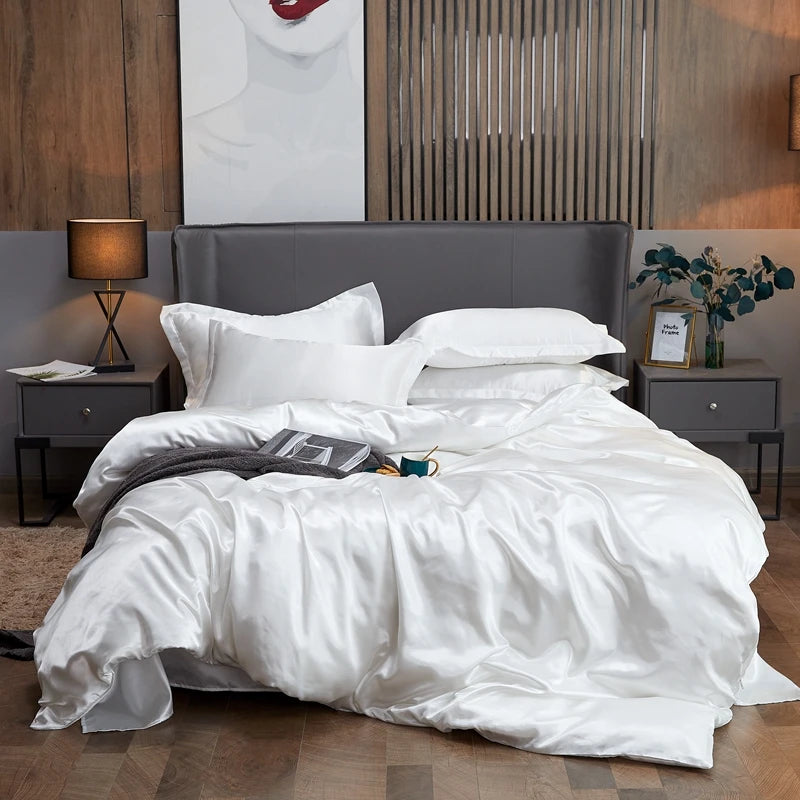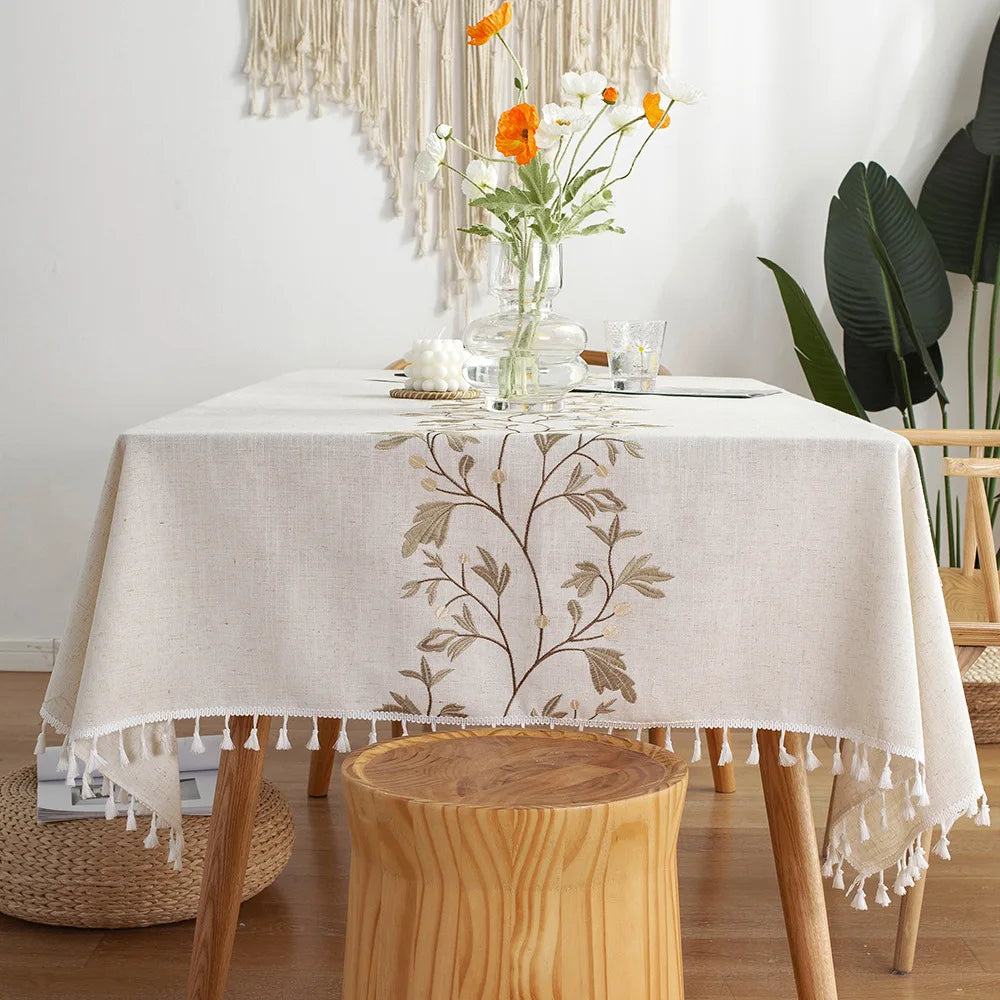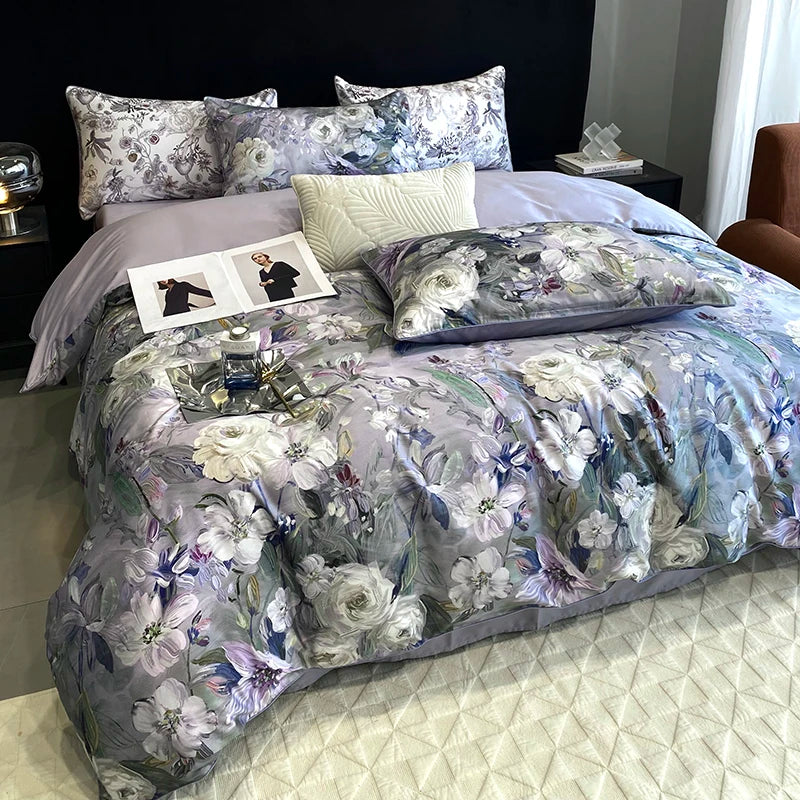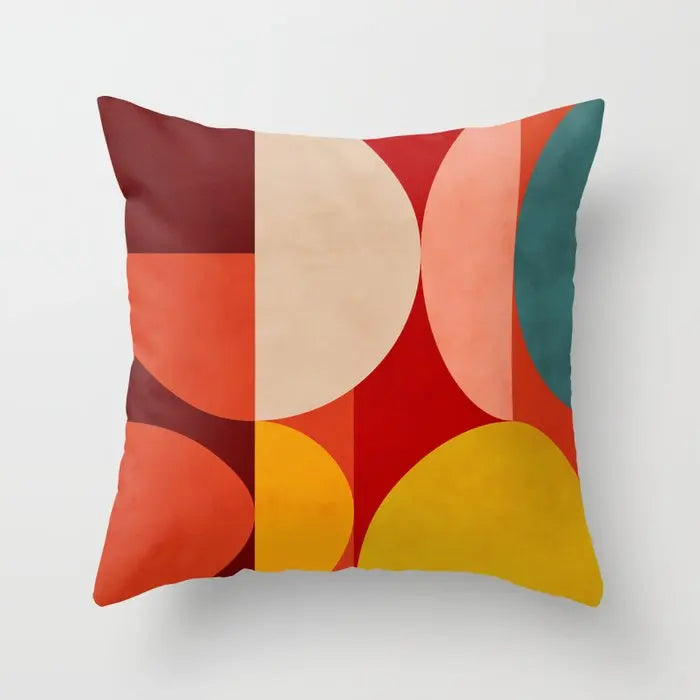An essential guide to enhancing every room with the ideal light
Often relegated to the background, lighting is nevertheless one of the most powerful elements to transform a room. It's not just about seeing clearly. Light creates the atmosphere, adds depth to your decor , influences your mood, and changes the way you experience a space. And when you choose poorly, it's immediately noticeable: a cold, flat, or even stifling room.
So, how do you choose the right light and lamp , room by room, without making a mistake? That's what we're going to explore together here. No complicated jargon, just concrete, human advice.
Summary
1. Which lights for which atmosphere?
2. Play with intensity to create the atmosphere
1. Which lights for which atmosphere?
There are a multitude of lighting fixtures, each with its own specificities. The goal isn't to combine them all, but to understand the role of each in order to better compose.
The chandelier , for example, is perfect for capturing the eye as soon as you enter a room. It gives volume and presence, especially in a living room or dining room. And if you like noble materials like brass or blown glass, it can even become a centerpiece.

Chandelier hanging in the heart of a warm living room
In contrast, wall sconces are much more discreet. They can illuminate a painting, a hallway, or a reading nook without taking over the space. It's a soft, often indirect lighting that suggests more than it imposes.
Ceiling lights are the epitome of practicality. Whether in an entryway, kitchen, or bathroom, they provide general, even lighting. Some LED models blend into the ceiling, becoming almost invisible.
For a warmer ambiance, table lamps are ideal. Placed on a console table, bedside table, or sideboard, they diffuse a soft light, perfect for evenings. And when it comes to decor, they come in all styles.
Finally, the floor lamp allows you to structure a reading corner or add verticality to a living room. Some models are adjustable or dimmer-controlled, making them a real ally for playing with intensity.
2. Play with intensity to create the atmosphere
Light intensity is crucial. Too much light can tire the eyes, while too little light can make the room look dull. Ideally, you should have several light points with variable intensity.
Here are three simple reflexes to adopt:
- Mix sources : ceiling light, table lamp, wall lamp... don't limit yourself to just one light.
- Use dimmable bulbs : they allow you to adjust the ambiance throughout the day.
- Favor LEDs : they consume little, last a long time and come in several intensities.
In a bedroom , the challenge is special. We're looking for relaxation, softness, and intimacy. Bedside lamps with warm light, a small, discreet ceiling light... and that's it. And if you have a linen or washed cotton bed set , a soft light will enhance its contours. Here, lighting becomes an extension of comfort.
3. Color temperature: warm or cool?
This detail makes all the difference. Color temperature, expressed in kelvins, defines whether the light is warm (yellow), neutral, or cool (white/bluish).
Just remember this:
- 2700K – 3000K : warm light, ideal for living rooms, bedrooms, and family dinners.
- 3500K – 4500K : neutral light, perfect for kitchens or work spaces.
- 5000K – 6500K : cold light, useful in bathrooms or technical areas.
Warm light, combined with natural materials like wood or rattan, instantly creates a soothing atmosphere. Conversely, poorly placed cool light can ruin a cozy ambiance.

Soft atmosphere thanks to warm light in the room
4. Layer the light
Good lighting isn't about a uniform light source. It's about composition. Like painting, you need multiple layers.
General lighting helps you see clearly. It's the light that welcomes you when you enter. Then, add ambient lighting , which is softer and warmer and brings the room to life. Finally, accent lighting highlights an object, a plant, or a specific corner.
This trio, well-balanced, gives character to a space without you needing to overload it with furniture or decor.
5. Pitfalls to avoid
We often make the same mistakes when installing lighting: too much bright light, a single central point, a poorly chosen bulb...
The biggest pitfall? Thinking that a ceiling light is enough. This type of lighting, if not complemented, creates a dull ambiance. Another mistake: lighting that's too white in a bedroom or too yellow in a bathroom. And of course, avoid lighting fixtures that are disproportionate to the room.
Good lighting is the kind you don't immediately notice, but it changes everything . It accompanies, it enhances, it reveals an atmosphere. It's a powerful, subtle tool that should never be underestimated.
So take your time. Look at each room. Ask yourself what feeling you want to create there... and let the light do the rest.





